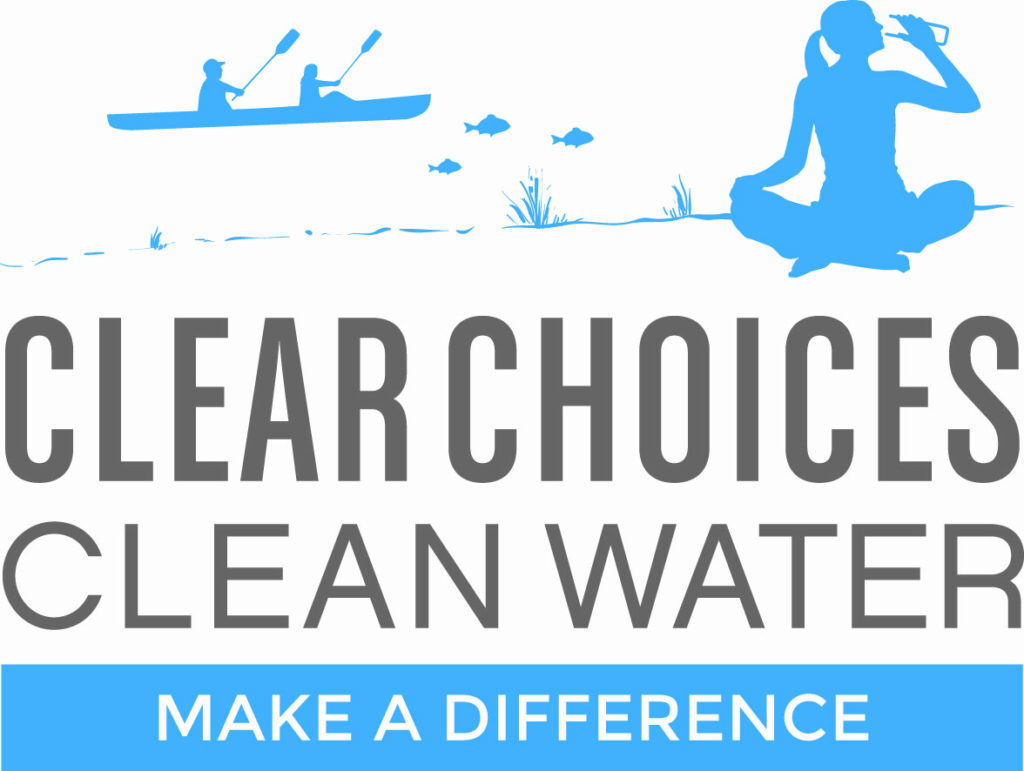LAWNS, GARDENS, & FARMS
RECEIVE YOUR FREE SOIL TESTS
Test, Don’t Guess. Before you apply fertilizer or soil amendments to your lawn, garden, flowerbeds, or hobby farm, test your soil to see what – if anything – your soil actually needs.
You can now receive free soil testing until June 30, 2025 while funding lasts! Normally these tests cost between $10 and $35 each.
Through generous grant funding from the Community Foundation of Bloomington and Monroe County, we are partnering with the Brown and Monroe County Soil and Water Conservation Districts to offer up to 3 free soil tests to property owners*.
Knowing test results for your soil means you can make better choices and apply the minimum amount of fertilizer, helping your plants, saving you money, and reducing excess nutrients flowing into the lake where they can stimulate algal blooms.
With enough funding for more than 500 samples, the water fund is diligently working towards a massive reduction in fertilizer runoff .
*We have recently been able to increase the number of free tests available per landowner up to 3. Contact the appropriate Soil & Water Conservation District below if you have additional samples you would like to have tested or for more details.
Who Can Participate?
While our primary focus is on the Lake Monroe watershed, all properties anywhere in Brown, Jackson, and Monroe county are eligible for this program.
How Do I Take A Soil Sample?
The basic process is outlined below and is also listed on the linked soil sample form below . The Decatur County extension office has a helpful video, HERE.
- Decide which area you want to test. Lawn, garden, raised beds, flower beds, etc.
- Clear all plant matter and other debris away from the test area. Using a soil probe or small spade and dig 6-8″ deep and place that soil in a clean container (This is a soil plug). Repeat this step for up to 5-10 spots for each test site.
- Mix all soil plugs for your site together. Place 1 cup of this soil in a zip lock style bag. You should have one sample per bag.
- Complete the “Soil Sample Form” linked form below and tape or staple it securely to the bag containing soil.
- Drop sample off at one of the Soil & Water Conservation Offices below.
Where Do I Turn In My Soil?
There are two options for submitting your soil samples, whether you live in Brown, Jackson, or Monroe County. Both locations will accept the samples. Please call them directly with any questions about how to take your soil sample or about this program.
- Monroe County Soil & Water Conservation District: 1931 Liberty Drive, Bloomington, IN, 47403, (812) 334-4323 ext. 3
- Brown County Soil & Water Conservation District: 802 Memorial Road, Nashville, IN, 47448, (812) 988-2211
What Will Happen Next?
Your soil sample will be shipped to a laboratory for testing. After the results come back in roughly 2 weeks, the Soil & Water Conservation District will contact you and can help you interpret the results so you will know what to apply to your soil.
Visit our partner websites here: Community Foundation of Bloomington and Monroe County, Monroe County Soil and Water Conservation District, and the Brown County Soil and Water Conservation District.
REDUCING FERTILIZER RUN-OFF
Excessive use of fertilizers and subsequent nutrient runoff impact water everywhere, including locally. When fertilizer is applied to a lawn, nutrients are being added – something that all plants need to survive and grow. What might not be obvious, though, is that the soil may already have sufficient levels of these nutrients for plants to be strong and healthy. Brand-new lawns or areas with very poor soils might lack nutrients, but most established lawns have enough nutrients. When healthy, well-established lawns are fertilized anyway, the nutrients (mainly nitrogen and phosphorus) that aren’t used by the grass run off with the next rain and end up in our streams and reservoirs where they can feed algae and create other problems.
When too much fertilizer enters the water, it can cause the natural process of eutrophication to speed up. Eutrophication causes algae growth to explode. Algae typically have a very fast life cycle, and when this life cycle is accelerated it causes problems for water quality and aquatic life, primarily by depleting oxygen from the water. This phenomenon, known as hypoxia, results in oxygen levels becoming so low that the water can no longer support aquatic life. The end result is a dead zone like the one in the Gulf of Mexico.
Exposure to high levels of nitrate is also dangerous for animals and humans. If humans consume water with a nitrate/nitrogen concentration greater than 10 milligrams per liter it can lead to a condition called methemoglobinemia, or “blue baby syndrome”, in infants six months and younger. High nitrate levels can also cause problems in pregnant women and those with gastric issues.
Fertilizer is food, but is your lawn hungry? Use too much, and it can escape your lawn and go on to feed runaway algae growth in our waterways.

